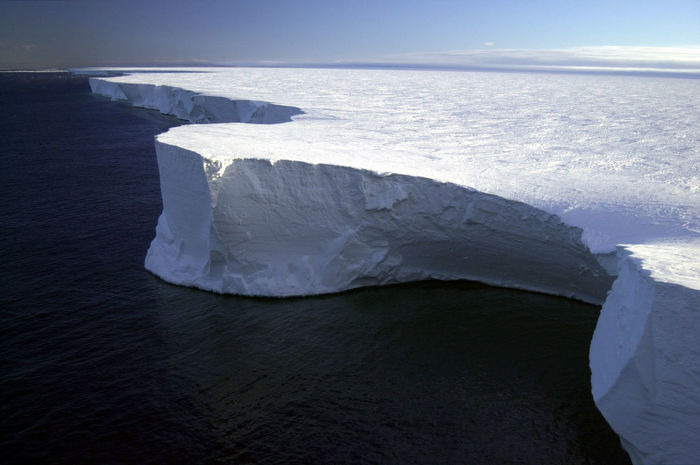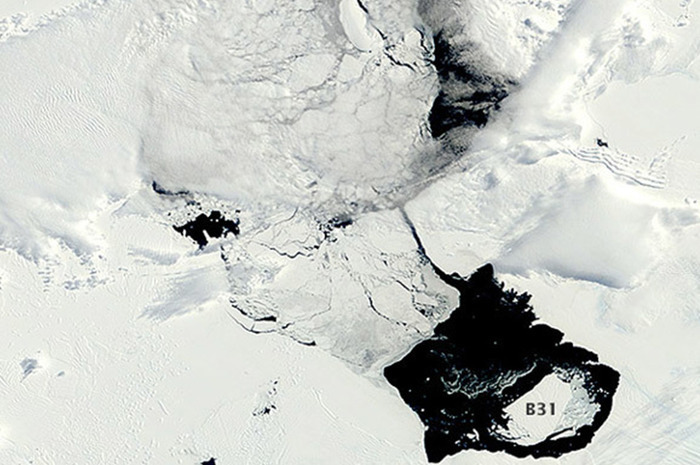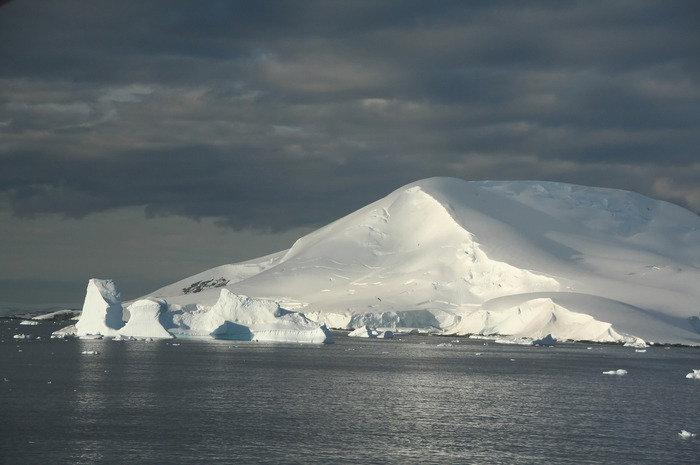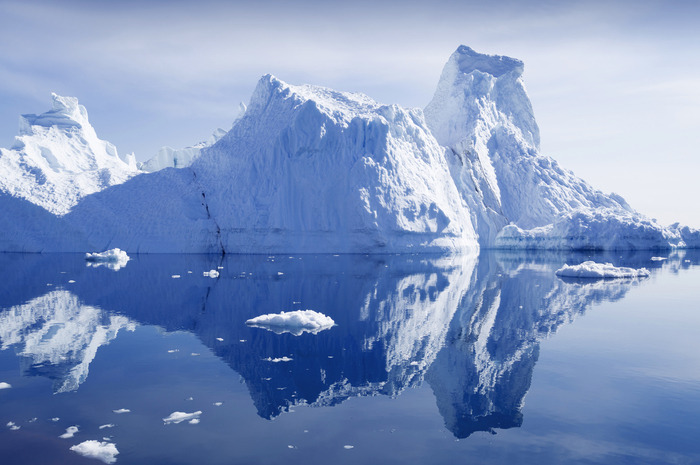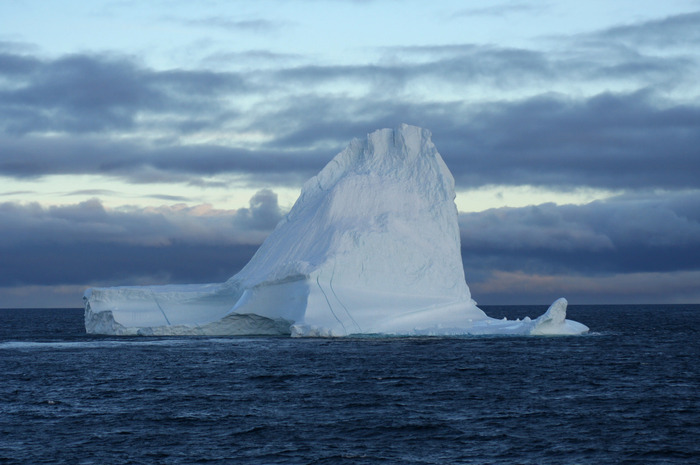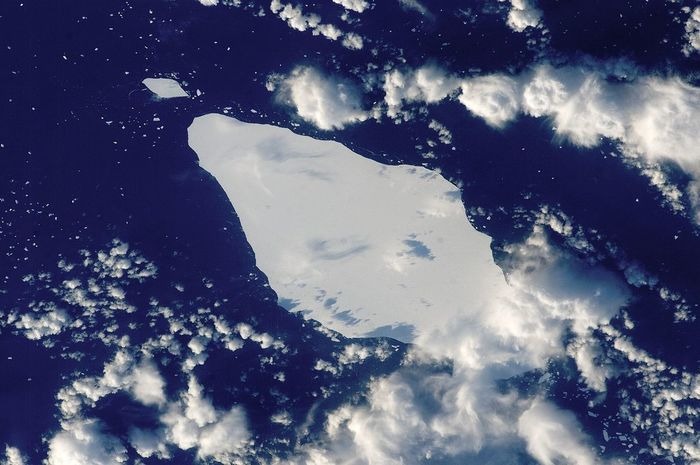The Largest Icebergs In History
The Largest Icebergs in History
Big icebergs, which are also called "ice mountains," are huge pieces of freshwater ice that are floating in open water. They have formed after breaking off continental ice shelves or glaciers. To be classified as an iceberg, the ice extruding from the water must be at least 15 feet above sea level, be between 100 and 165 feet thick, and must cover an area of at least one-third of a mile, according to the Antarctic Report. Icebergs can have a direct effect on the sea bed, scouring the seafloor where it makes contact.
Iceberg B-15
This was the largest iceberg ever measured. It originated from the Ross Ice Shelf in Antarctica, and was a whopping 170 miles (270 kilometers) long and 25 miles (40 km) wide – nearly the size of Connecticut, larger than the island of Jamaica. Over time, the iceberg broke into smaller pieces, according to Live Science, which can still be seen around the virtually uninhabited ice-covered landmass.
Iceberg B-31
B-31 is about six times the size of Manhattan, making it one of the largest on the planet. It is 255 square miles long and 1,640 feet thick. NASA has been tracking what is more like ice-island since it separated from the front of Antarctica's Pine Island Glacier in November 2013. NASA says B-31 "has been thinning and draining rapidly and may be one of the largest contributors to sea level rise."
Tallest iceberg
The tallest known iceberg in the North Atlantic was 550 feet high, extending out of the water to almost the height of the Washington Monument, according to the Department of Earth Science at Rice. Almost all of the iceberg's volume is below sea level. This iceberg was sighted in Melville Bay, Greenland in March 1957. It's still the tallest iceberg recorded to date.
A giant iceberg off Petermann Glacier
The largest Arctic iceberg in half a century was first noticed in 2010. A chunk of ice four times the size of Manhattan has calved from Greenland's Petermann Glacier. It is one of the two largest remaining glaciers in Greenland that terminate in floating shelves, according to Live Science. The new ice island had an area of at least 100 square miles and a thickness up to half the height of the Empire State Building.
An iceberg the can bury Manhattan
In 2015, an enormous iceberg broke off Jakobshavn Glacier in Ilulissat, Greenland in 2013. It was big enough to bury Manhattan under 980 feet of frozen water, according to news reports. The Jakobshavn glacier is one of the fastest moving ice sheets on Greenland and appears to be speeding up. Since it largely consists of ice on land, any ice that floats off will contribute to sea level rise.
Largest iceberg in the Northern Hemisphere
Until 2010, the largest iceberg in the Northern Hemisphere was seen near Baffin Island, Nunavut, in 1882. It was 8 miles long, 3.7 miles wide and 64 feet high. It would have weighed more than 9 billion tons – enough water for everyone in the world to drink a liter a day for over four years, according to Titanic Story.
Iceberg A22A
Iceberg A22A, discovered in 2000, is one of the largest icebergs to drift as far north as 50 degrees south latitude, according to NASA. The iceberg's dimensions where it was first spotted were 31 by 14.5 miles, giving it an area of 386 square miles, or seven times the area of Manhattan.
The "superberg," called B17B
A massive iceberg twice the size of Manhattan was headed for Australia's southwestern coast in 2009, threatening shipping lanes in the Pacific, according to Science and Tech Report. The B17B berg was dubbed the "superberg,"and it had first broken off Ross Ice Shelf in Antarctica in 2000. The iceberg was about 87 square miles in area, which was about double the size of Sydney Harbor. Hypothetically, if the iceberg had crashed into land, it would have cause a magnitude three to four earthquake.
Iceberg A-38
A-38 was a large iceberg that split from the Filchner-Ronne Ice Shelf in Antarctica in 1998, according to Antarctic Report. The massive piece of ice was more than 90 miles long and 30 miles wide, with a surface area of more than 4,488 square miles, just a bit smaller than the size of Connecticut. The iceberg split in half in April of 2004.
Largest iceberg in North Atlantic
The largest known iceberg – a tabular iceberg which is an iceberg with cliff-like steep sides and a flat top – in the North Atlantic is off of the coast of Labrador. The nearby Coast Guard Cutter is approximately 300 feet long, according to the Navigation Center. Newfoundland and Labrador's northeast tip have been popular locations for iceberg viewing this year due to a lot of action, according to media reports. On average there are eight to 12 bergs in sight. One of them this year was 70 feet high and about 700 feet long.


